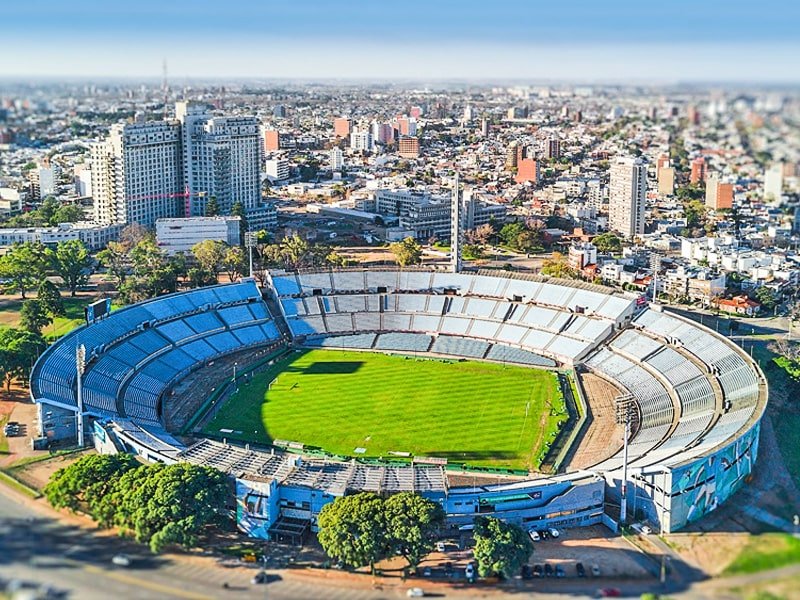
Estadio Centenario
Over the decades, the stadium has not only hosted World Cups, but also Copa América tournaments, Olympic qualifiers, and numerous friendly matches involving renowned national teams. The echoes of legendary goals and the roars of passionate fans reverberate within its walls, serving as a testament to the stadium’s role in shaping football culture and identity https://sbotopem.com/.
The History and Legacy of Estadio Centenario
The Estadio Centenario isn’t merely a structure; it’s a chronicle of passion, struggle, and unyielding love for the beautiful game. To delve deeper into its essence, we must explore its origins and the milestones that have defined its legacy.
Origins and Construction of the Stadium
Inception and Role in the 1930 World Cup
The Estadio Centenario was born out of a need to establish a grand arena that could host the inaugural FIFA World Cup. In the late 1920s, as the idea of hosting an international football tournament began to gain traction, Uruguay took the lead due to its historical achievements in the sport. The decision to construct the stadium aligned perfectly with the country’s aspirations and its desire to showcase its rich footballing heritage.
Construction began in 1929 and finished in just a year, a remarkable feat given the era. The architects, Juan Scasso and others, sought to create a venue that would symbolize Uruguay’s football prowess. With a focus on both functionality and aesthetics, the Estadio Centenario emerged as a stunning example of stadium architecture that featured elegant arches, spacious terraces, and a striking façade.
Architectural Design and Features
The architectural vision behind the Estadio Centenario is nothing short of magnificent. Designed to reflect the grandeur of classic European stadiums, its structure boasts a blend of neoclassical and modern styles. The iconic façade features grand columns and intricate details that add to its allure. One notable feature is the monument celebrating the victory of Uruguay in the 1930 FIFA World Cup, which stands proudly outside the stadium.
Inside, the stadium is equally impressive. Spectators are treated to unobstructed views of the pitch thanks to the carefully designed seating arrangement. Modern facilities were integrated during renovations, ensuring that fans enjoy a comfortable experience while retaining the stadium’s historic charm. The combination of traditional architecture and contemporary upgrades makes the Estadio Centenario a timeless masterpiece.
Major Events Hosted at Estadio Centenario
Iconic Matches and Tournaments
Throughout its illustrious history, the Estadio Centenario has been the stage for countless iconic matches that have captivated audiences worldwide. The 1930 World Cup final between Uruguay and Argentina remains the highlight of the stadium’s early years. The electric atmosphere and intensity of that match set a precedent for future tournaments, elevating the Estadio Centenario to an international platform.
In addition to World Cups, various Copa América tournaments have taken place here, showcasing the talents of South American football legends. Matches featuring Brazil, Argentina, and other top-tier national teams have consistently drawn massive crowds, creating unforgettable memories for fans.
Memorable Moments and Milestones
The Estadio Centenario is a treasure trove of unforgettable moments in football history. From stunning goals to dramatic last-minute winners, the stadium has witnessed them all. One such moment was the infamous “Maracanazo” in 1950 when Uruguay defeated Brazil in the World Cup final held at Maracanã Stadium, yet that spirit continues to live on strongly at the Estadio Centenario.





